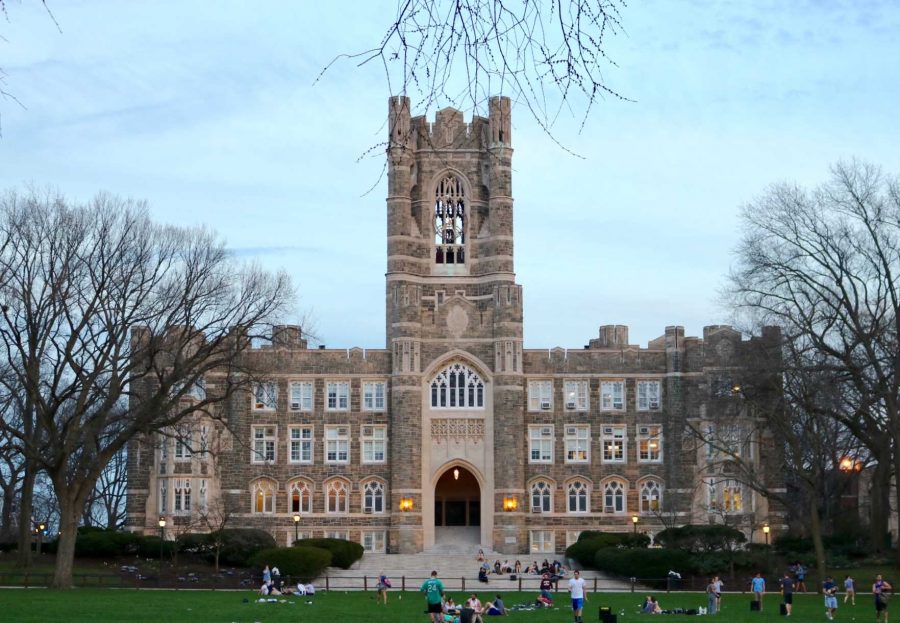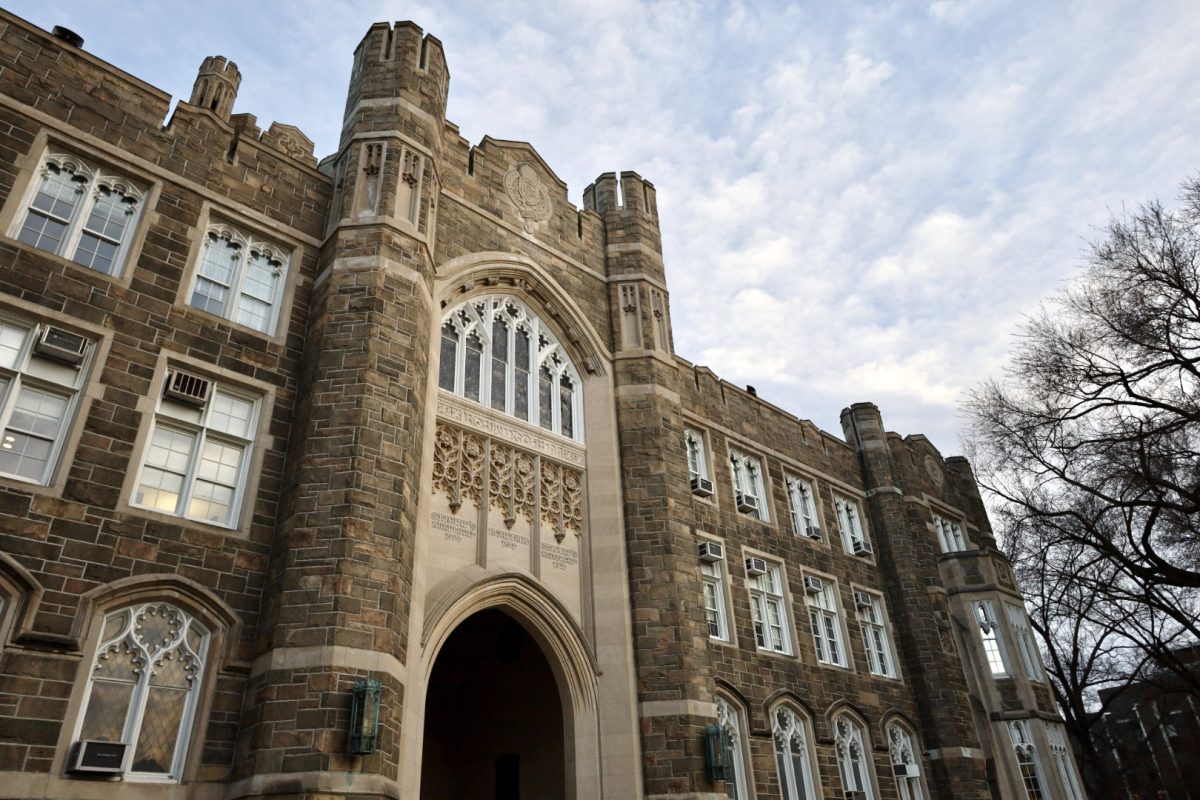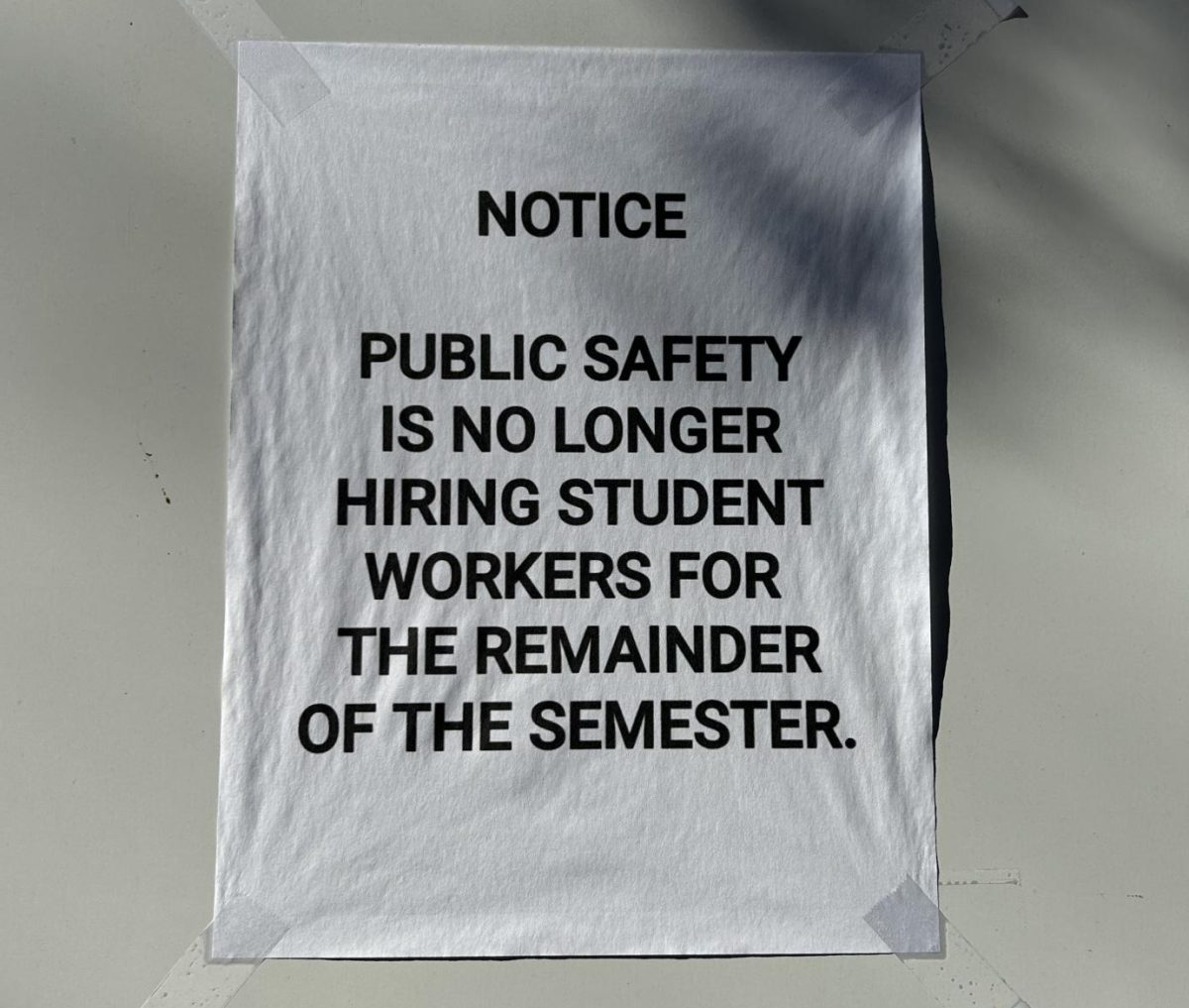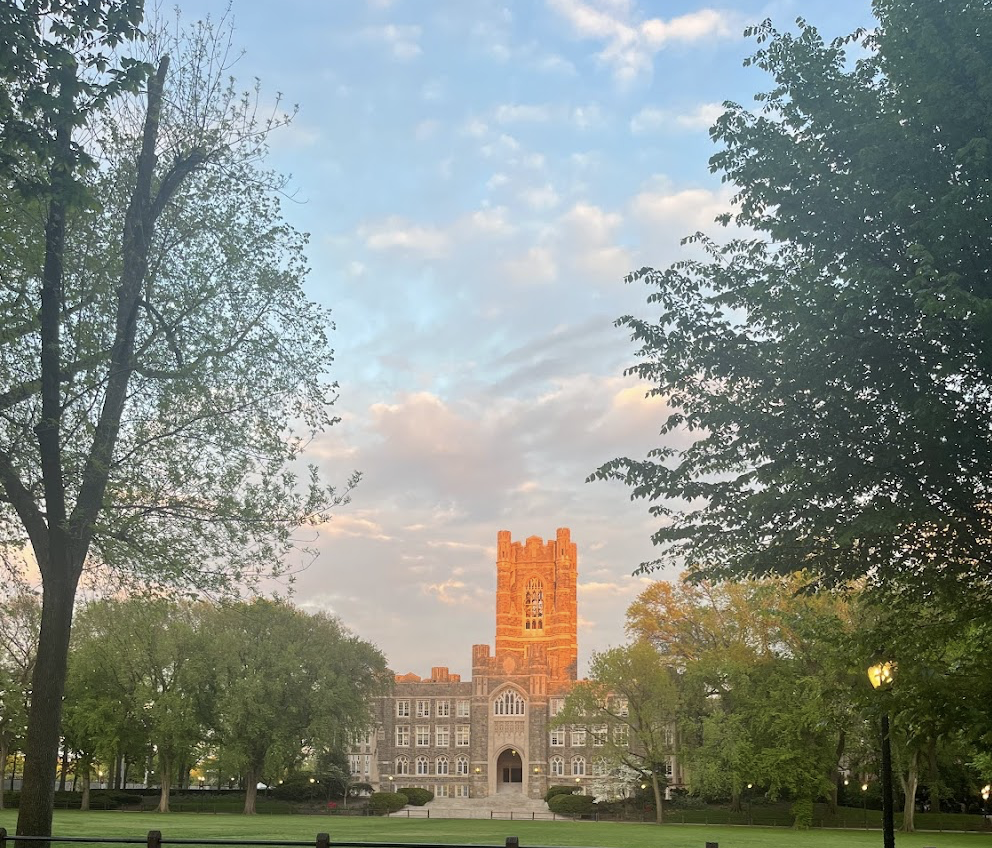By Theresa Schliep
Fordham suffered a slight dip in the U.S. News and World Report Best National Universities ranking, dropping to No. 61 from No. 60. With an overall score of 60, Fordham tied with Brigham Young University. Fordham trailed four universities tied for No. 56 — University of Connecticut, Purdue University at West Lafayette, University of Texas at Austin and University of Washington.
In an email to the university, Joseph M. McShane, S.J., president of the university, said the change is not surprising. While the university improved retention rates, class size and acceptance rate, Fordham “declined equally slightly” in metrics like high school counselor scores, actual graduation rates and SAT/ACT scores.
McShane also cited a familiar reason for the “disappointing” ranking — the university’s endowment.
“It will probably not surprise you to learn that, at bottom, these rankings reflect institutional wealth: larger endowments correlate with higher rankings,” said McShane.
Only two schools ranked above Fordham have larger endowments, according to the email: Villanova University and University of Connecticut.
U.S. News and World Report ranked Boston College No. 32, Georgetown University No. 20, Villanova University No. 46 and New York University No. 30.
McShane said that while these rankings are important to potential students, Fordham’s work “is not driven by rankings, but rather by our mission to educate students who will go on to lead in their fields, and lead lives worth living.”
See the full text of McShane’s email here:
Dear Members of Fordham Community,
U.S. News & World Report released its 2018 rankings today, and unfortunately, Fordham dipped from 60 to 61. While the change is disappointing, it is not unduly surprising: the ranks roughly between 25 and 75 change quite a bit from year to year, pointing to the minuscule difference in scores among those institutions.
Case in point, our Institutional Research staff calculated that had our overall score been one point higher, Fordham would have jumped to the cluster of institutions ranked at 56, all other things being equal. Our scores from last year to this changed in very small increments, where they changed at all, and some of those changes were positive: we continue to chip away retention rates, class size, and acceptance rates. We declined equally slightly in high school counselor scores, actual graduation rates, and SAT/ACT scores.
That said, we try to focus on addressing the issues that most affect the learning experience at Fordham: retention rates are up, but not by enough; graduation rates are better than predicted, but again, not good enough. I have empaneled a task force looking into what we can do to improve both of these situations.
It will probably not surprise you to learn that, at bottom, these rankings reflect institutional wealth: larger endowments correlate with higher rankings. There are outliers, to be sure, and Fordham punches above its weight, but six of the top ten institutions also rank in the top ten for endowment size. While Fordham’s ranking is 61 this year, our endowment comes in at 151 compared to the other schools ranked by U.S. News. In fact, only two schools higher in the rankings—Villanova and the University of Connecticut—have endowments smaller than Fordham’s.
This does not mean there is nothing to be done about the rankings—there are measures we can and do take to increase our rankings—but again, our focus is on the variables that have a beneficial impact on students and faculty.
As you know, there is considerable debate regarding most, if not all, of the ranking schemes for universities. Do they really measure the quality of an institution? Common sense will tell you that large changes in institutions’ rankings are suspect: universities have a huge momentum, if you will, with substantially the same faculty, student body, and facilities from one year to the next.
What about so-called fit? (A student interested in becoming a professor of German language, for example, is probably not going to thrive at a university that doesn’t offer advanced German language courses.) Are student-athlete’s needs different from those of would-be dancers? There are endless other questions one could ask in this vein, of course, many of them far removed from academic concerns, including the quality of residence halls and the presence of fraternities and sororities.
What I would like to leave you with is this: regardless of rankings, Fordham’s devoted and highly accomplished faculty deliver a superior education to our students every day and every year. Though we must attend to the rankings, as would-be students and their families can be quite sensitive to them, our work is not driven by rankings, but rather by our mission to educate students who will go on to lead in their fields, and lead lives worth living. I humbly thank everyone who has a hand in this endeavor—after all, it is the single most important thing we do.
Sincerely,
Joseph M. McShane, S.J.














































































































































































































